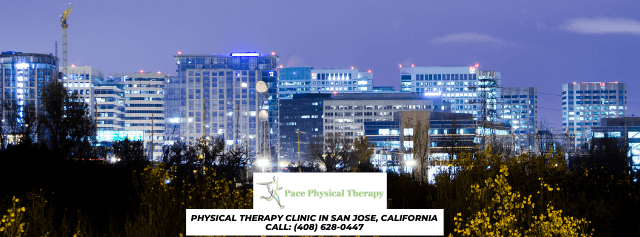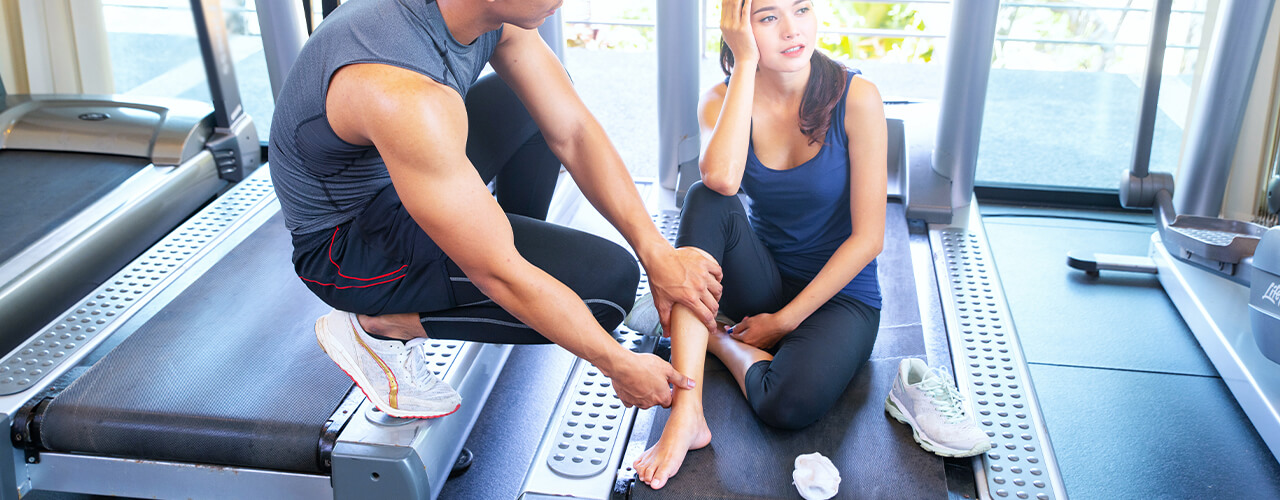How Can I Improve The Circulation In My Legs?

Good blood circulation in your legs helps tissues to consume nutrients, eliminate waste, and is a key feature of long-term leg health and strength. Weak leg circulation can be strengthened by beginning easy routines and improving your diet.
The word circulation describes the continuous flow of blood across the body, which is made possible by pumping the heart. This movement or “flow of blood occurs in a network of tubes known as blood vessels. Arteries are blood vessels that carry blood from the heart; veins are blood vessels that carry blood to the heart.
Returning blood to the heart from the lower parts of the body is a daunting activity for the circulatory system, since the blood must be forced upwards through the body. The muscles around the veins help to circulate: as they contract around the veins, they facilitate the flow of blood to the heart. That’s why staying active—even just walking—can help you boost your circulation.
Circulation can get worse as we age. However, circulation problems can affect anybody at any age, who is not very active. Here are some useful tips for improving blood circulation in the body.
Walking
Walking is a simple low-impact workout that can help you build a more active and healthier lifestyle and encourage weight loss. Walking at any rate is helpful in improving blood flow throughout your body, since it is the easiest way to lower your blood pressure and improve muscle contraction in your legs. As muscles contract and relax, they tighten around the broad veins in the legs, facilitating healthy circulation in more sluggish areas of flow. Additional advantages for walking and other types of exercise include maintaining physical balance and improving your mood.
Proper Body Positioning
If you appear to cross your legs when you sit down, it can harm the circulation in your lower body. The common position cuts off the circulation of the legs, making it more difficult for the blood to get to the tissues of the legs to keep it safe. Make a habit of sitting in a spot that is best for circulation. Try out those sitting positions that can facilitate improved circulation of the veins:
- Sit down with your knees slightly apart and your legs on the floor. Remember to get up from time to time so that you haven’t been in this place for too long.
- You may also lift the legs slightly to support circulation. Place your legs on a stool or Ottoman six to twelve inches off the foot.
- When you’re sleeping, put your legs on a cushion to boost your blood flow. This place is safe for your spine as well.
Do not Smoke
If you want safe blood vessels, you’re certainly not allowed to smoke. Smoking will cause your feet and ankles to swell, and blood clots are common to smokers. If you smoke, your heart is not functioning in the best circumstances, and this can lead to weakened blood vessels and veins in your legs.
Stretching
Engaging in daily stretching has many benefits for the body. Stretching with proper technique may help promote the circulation of blood that carries oxygen and nutrients to your organs and muscles that are essential for proper functioning, movement, and flexibility.
Wear Compression Stockings
Compression stockings can increase blood flow and minimize swelling and pain. Compression is important if you have a job that needs you to sit or stand for the whole day. Too much leg pressure or too little movement can adversely affect your overall health and circulation. Compression stockings imitate the internal movement of walking by forcing the muscles in your legs to contract constantly and relax, increasing the flow of blood.
Stress Management
Stress can have detrimental side effects on your mental and physical health, including the circulation of the body. Seeking ways to alleviate stress by exercise, listening to music, deep breathing, meditation or psychotherapy.
Are You Looking for Relief From Neck Pain?
Pace Physical Therapy in San Jose, California specializes in non-surgical neck pain relief and recovery therapies. We pride ourselves on offering the best possible physical therapy available and going above and beyond for our patients. Our highly experienced physical therapist will work with you to improve your function and relieve your pain. We start by assessing the body as a whole. Oftentimes the cause of pain or an injury extends far beyond just the body part or muscle hurting. Without taking a comprehensive look at your entire self, we would be doing you a disservice in fully helping you heal and preventing future limitations. We then move on to fixing your areas of limitation. Not all diagnoses are created equal. One person with neck pain may have completely different limitations than the next person. Your recovery program needs to be specific to what YOUR body needs and not just the typical exercise program that you can find online. Just because your pain decreases or you can walk longer doesn’t mean that it is enough to get you functioning at the level you want to be. While this often signifies the end of care at your typical PT clinic we don’t stop providing guidance until we help you successfully meet every goal you set for yourself with us on day one. Contact us today to schedule your appointment!


